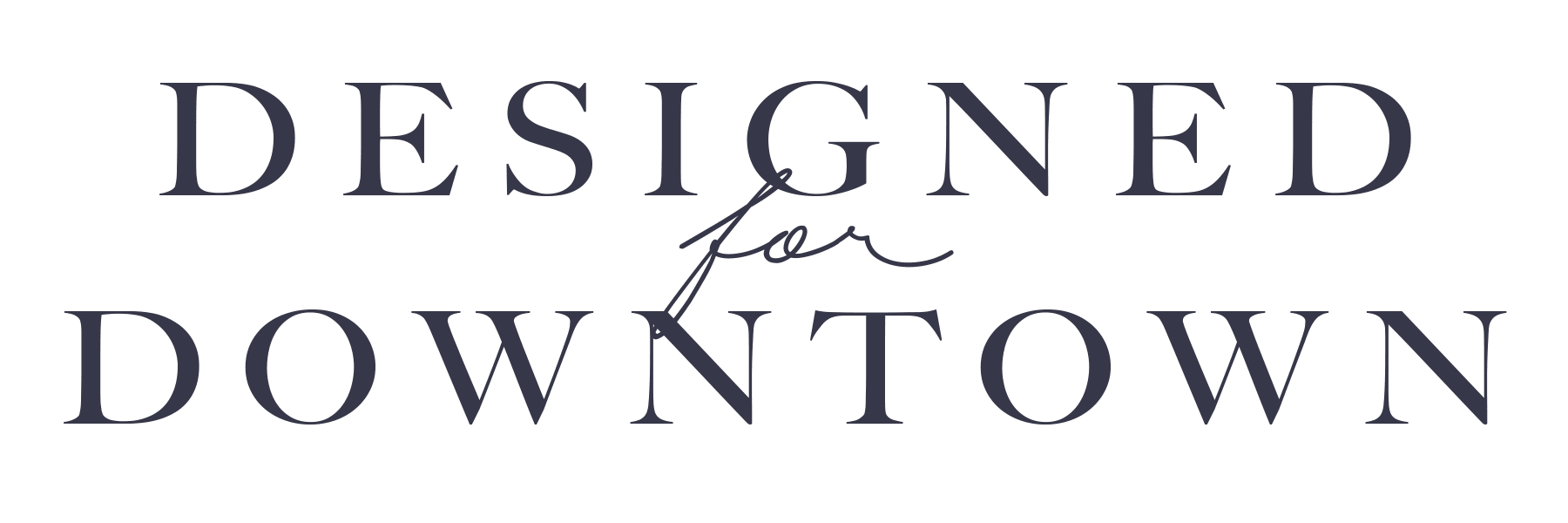To begin a home renovation design, it all starts with a conversation. This beautiful home was large and spacious but needed to meet the lifestyle and particular need of the family who resided. The main cause for renovation was to open up a large living room with direct sight lines from the kitchen to the outdoors. The other needs: larger bedroom upstairs and new play space in what was a small alcove nook before.
While these needs were the key drive for the renovation, other specific elements were also a must for the new design: [Natural Light & Reclaimed, Natural Features]
BEFORE
On the second floor, a small alcove was tucked underneath the middle gable and the two bedrooms on either side were in need of natural light.
AFTER
This home received a total facelift.. literally. The center of the home was elongated, creating a larger, central space in the upstairs for an additional bedroom and play space for the kids. Two accent eyebrow dormers were the perfect addition to balance the new front gable and allow for beautiful natural light and design feature in the nursery and master bedroom. (scroll down to see more)
Now just take a look at the beautiful interior...
As mentioned before, natural elements were continued throughout the home. A reclaimed wood ceiling with a dark stain creates the perfect natural element in this formal dining room.
Large, reclaimed beams were added in the new vaulted living room space to accentuate the height of the space. The living room took place of a detached garage, creating a sunken living room with large vaulted ceiling. To keep the feel of the space consistent, large beams were added to justify the vault and bring down some of the height. **Interior Design Furnishings: Brandi Designs
Remember those eyebrow dormers on the front facade? Take a look at these we elements added to bring in more natural light and character to these bedrooms...
Beautiful nursery! The new dormer brought in so much natural light, the homeowners are investing in plantation shutters to ensure a quiet and peaceful nap time for the little one during the day!
The Master Bedroom! Who wouldn't want to wake up to this light every morning! Side note: this lovable ball of fur posed for all of these pictures. We just couldn't tell him no!
No home is complete without fun design and personal touches!
This custom floating vanity allowed for a smaller powder bath to feel much larger. The surface mount sink and wall faucet complete the custom design. Like any laundry, mudroom, or powder bath space: there's room for creativity! This wallpaper design was created and handprinted by a local Greenville artist! You can visit her work here on Instagram: @jeanwilsonfreeman
A Fun Design Element: This door was the front door at this couples' first home! They have kept it ever since and we found a way to incorporate this beauty as a sliding barn door between the kitchen and mudroom space! How cool is that?!
Who Says Laundry Can't Be Fun? : The laundry was relocated to the the downstairs, underneath the master bedroom closet. To the left of this reclaimed door is the upstairs hall bath. This door was original to the start of the project and was used as an access point between the master bedroom and upstairs laundry room wall. With the laundry being located directly under the existing master closet, it created the perfect opportunity for a laundry shoot. This door was reused as the access door from the hall bathroom with a new door and cabinet added to the master closet. No running up and down the stairs for laundry here!
This home was beautiful and charismatic before, but now truly functions for this growing family. The living room addition allows for a fully functioning entertainment space between the kitchen and indoor/outdoor living, and the expanded upstairs provides the needed sleep & play space for this family. [We forgot to mention the outdoor screened porch and fireplace and grill station!]
While all of these programmatic spaces were added for function and additional suitable living space for the family, the design also left no compromise of the home's older features. We were able to incorporate features of "the old" along with exciting design elements for "the new".
Leave us some comments and let us know what you think :)
Until Next Time,
DfD
Contractor: AJH Renovations, LLC
Interior Furnishings: Chestnut Living (Brandi)











